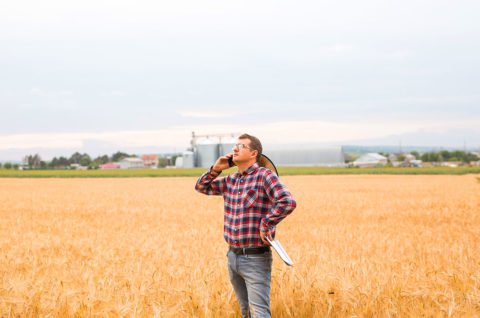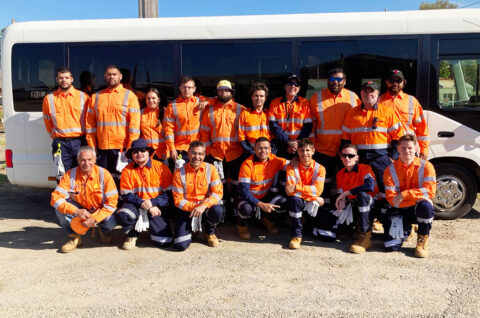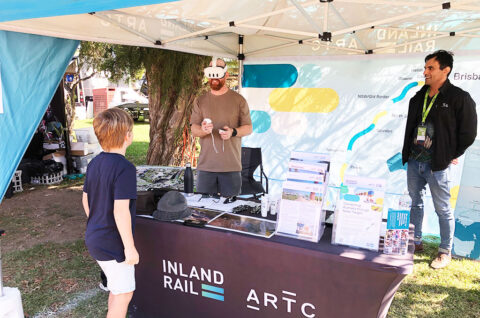Inland Rail will better link businesses, manufacturers and producers to national and global markets and generate opportunities for industries and regions during construction and beyond.
Inland Rail is needed to:
> Keep pace with the freight demands of our growing population.
> Reduce our reliance on roads for moving freight.
> Better link businesses, manufacturers and producers to markets.
> Generate new opportunities for regional Australia.
![]()
Faster, more reliable freight
![]()
Safer, less congested roads
![]()
Reduced emissions
Community Benefits
Between December 2018 and February 2024, Inland Rail has employed:
- 4,839 people, of whom 708 are First Nations People
- 2,211 local residents, of whom 434 are First Nations People
- 2,755 people in a sustainable role*
To date, 535 local businesses and 29 First Nations businesses have supplied to Inland Rail, with a total spend of:
- $420.2 million with local businesses
- $42.3 million with Indigenous businesses
*Employed for 26 weeks or more for a minimum of 15 hours a week
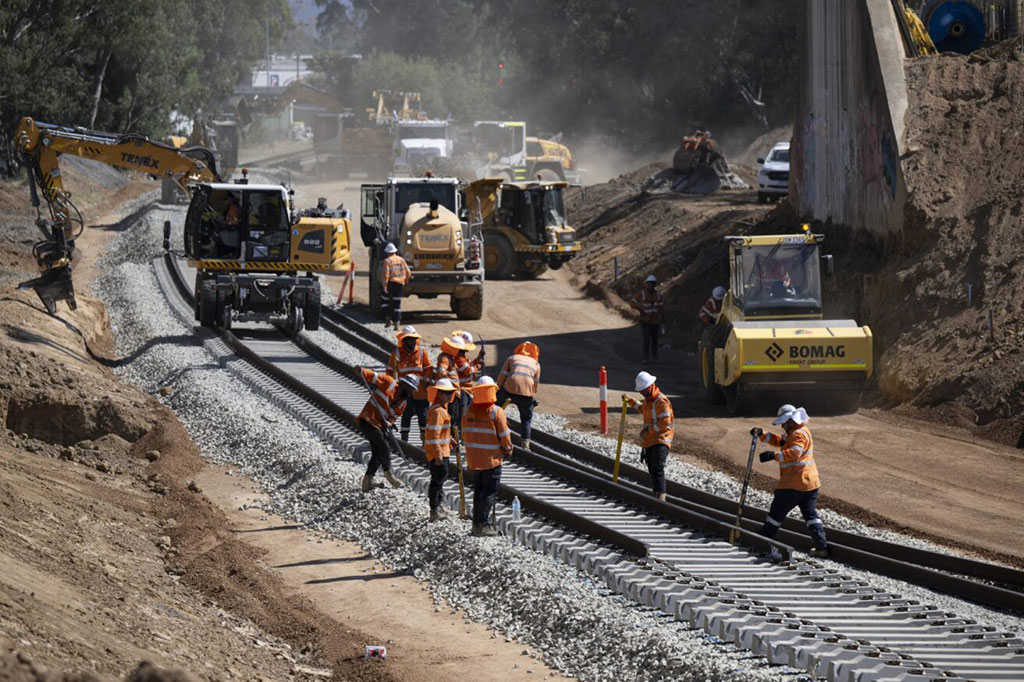
Inland Rail will:
Share the growing freight load
Australia’s population is predicted to reach between 37.4 and 49.2 million people by 2066¹. We need a reliable and efficient rail network to meet our increasing freight needs and take the load off our already congested roads. Inland Rail will future-proof Australia’s freight network for generations to come.
¹ ABS Data 2023
Provide better access to and from our regional markets
Inland Rail will better link producers, manufacturers and businesses to national and global markets. A large share of the freight carried on Inland Rail will be for domestic use including food, white goods, medical supplies, and industrial equipment.
Offer better transit time and reliability
Inland Rail will cut rail freight travel time between Melbourne and Brisbane by almost a third, from 33 hours to less than 24 hours, making it competitive with road.
Move significantly higher volumes of freight
With 1,800m long doubled-stacked trains travelling at speeds of up to 115km/h, each train using Inland Rail will be able to carry the equivalent freight volume of 110 B-double trucks.
Create jobs
Inland Rail is delivering widespread and long-term benefits to Australia, especially for local communities, job seekers and businesses. Construction to-date has generated more than 4,500 jobs for local and First Nations people.
Boost the Australian economy
Inland Rail’s awarded more than $3.7 billion in contracts and injected more than $424m of spending into regional economies since the project began.
Improve road safety
Inland Rail will reduce the burden on large B-double trucks to do the heavy lifting of transporting goods around the country. Truck volumes will be reduced in our regional towns and congestion will ease on some of Australia’s busiest highways.
Lower emissions
Moving freight by rail is four times more fuel efficient than moving freight by road. This modal shift will reduce the carbon emissions of Australia’s freight industry.
Future-proof our freight network
Once operational, Inland Rail will enhance network resilience as an additional freight route to the Brisbane to Sydney coastal line that traverses through Sydney. Inland Rail is already improving freight connections with Adelaide and Perth via the now-operational North-West Connection at Parkes.
Increase supply chain resilience
The impact of adverse weather events on communities has highlighted how critically important a reliable freight network is to the everyday lives of Australians and reinforces the need for Inland Rail to better connect our regions and major cities.
Reduce costs and improve reliability
Inland Rail will enable faster, safer, more reliable delivery of freight and reduce supply chain costs.
